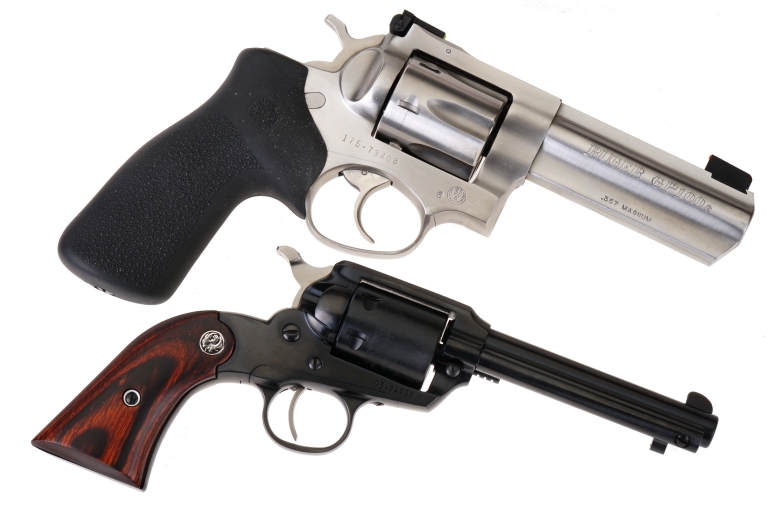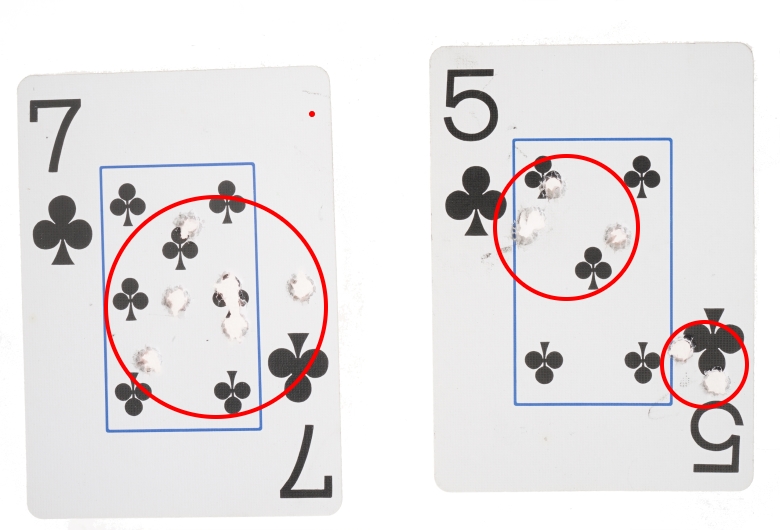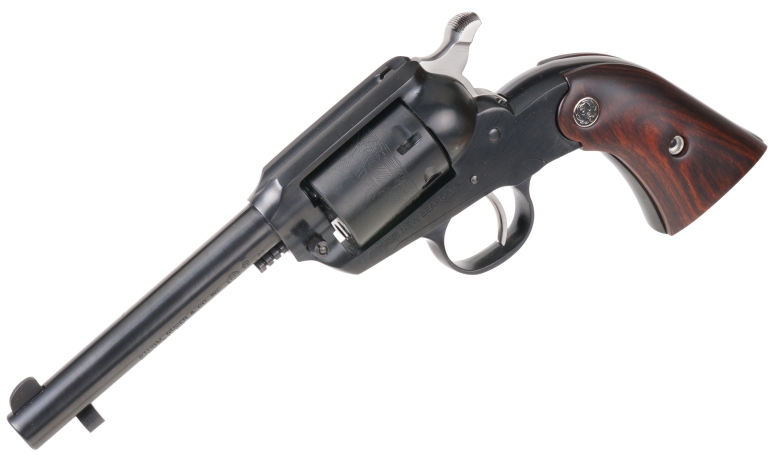Too much time on my hands so I try to keep busy. This weekend it was repairing, of all things, woodpecker damage to the covered porch ceiling. Tomorrow afternoon I’ll sand it out, attempt to match the stain and see if Gorilla Wood Filler is any good. But, early tomorrow morning, I’m going to check out Upper Range Pond and do some small mouth bass shore fishing.
Opening a tackle box that has been stowed in the basement for many years offers some surprises and some reminders. Those salmon eggs are well seasoned. They were purchased from Big 5 when my wife and I lived in California, so they are at least 25 years old. The rest of the bottled bait is only ten years old, used by visiting family for a “stop occasionally and fish” pontoon boat tour of Sebago Lake.
Things that fit in tackle boxes…
It’s a shame that there are so few new books being written that, with cooperation from the manufacturer, document the origins of firearm companies. Most of the companies that have already expired don’t need a new book, as history doesn’t change… except for democrats. However, those still in operation are innovating and renewing product lines in ways worthy of documenting.
I have to laugh when a new generation writer quotes long gone company founders, or cite historical shipping records, when all they are doing is plagiarizing the work of others. For me? I don’t know anything. Bill Ruger never pulled up a chair to discuss his firearm design philosophy. Nor did he ever create a firearm at my urging. So I write my own goofy stuff and draw support from facts and figures offered by credible sources, sources I hopefully adequately credit.
What follow is the product of the Ruger Bearcat on my bench, four of my previously written Ruger Bearcat articles, a copy of R.L. Wilson’s “Ruger And His Guns”, and Ruger’s outstanding firearm chronology listed as “News” on the Ruger site.
Sixty five years old and it has changed a bit…
The Bearcat was introduced in 1958, selling for $49.50. A pistol that Ruger felt carried the fit and finish of at least a $60.00 pistol. For the sake of context, in 1958 Harvard tuition was $1,250 per year, a hot dog cost 25¢ and gas was 24¢ gallon…. the latter might be redundant to the hot dog purchase. Inflation alone, from 1958 to 2023, would increase that price ten times and still not take into consideration improvements in materials and process.
From 1958 through 1970, the Bearcat was produced as a low cost revolver with an aluminum cylinder and frame. In 1971, as the Super Bearcat, the frame was change to a precision steel casting. This first production run with noted changes ended in 1973 with an accumulation of 293,000 units manufactured.
In 1993, the Bearcat was reintroduced in a form similar to the Super Bearcat with a short lived .22 WMR convertible cylinder option, an option that caused the gun’s cylinder and frame to be lengthened to accommodate the longer round. Reliability and timing problems caused that version to be withdrawn from production.
In 2002 a refined and revised designed New Bearcat was introduced as a .22 LR only gun, which remains in production. All models prior to the 2002 New Model Bearcat have an anodized aluminum or brass trigger guard and, sometimes, ejector housing. As verified by Ruger literature and a handy magnet reserved for such occasions, the current Bearcat has a steel frame, cylinder, trigger guard and ejector housing. The subject version is numerically defined as…
| Ruger Bearcat |
|
| Model # |
0912 |
| Caliber | .22 LR |
| Capacity | 6 shots |
| Overall Length | 9″ |
| Barrel Length | 4.2″ |
| Twist | 1:16″ RH |
| Weight | 24 oz |
| Sights | Blade / Notch |
| Hardware | Blued Alloy steel |
| Grips | Hardwood |
| MSRP | $819 |
How tiny is it?
Pictured below a medium frame Ruger GP100, the Bearcat’s diminutive size is more evident. Despite the small grip and light weight, the Bearcat is an easy revolver to shoot fairly accurately even for folks with large hand size. No, not giant meat hooks, but folks who wear a glove size “large” and smaller.
The same observation was made as a comment on the Real Guns Facebook page when a Bearcat picture was posted. Which I thought was odd, as small guns usually draw negative comments regarding too little purchase for a large hand. I would attribute the ease of shooting to a wide, rolled down hammer spur, the backstrap radius, the spacious gap between the grip and the trigger guard. and the virtually recoil free 22 LR cartridge.
More than enough sight for its purpose…
The Ruger Bearcat sights, at least for the model, are comprised of a simple groove in the revolver’s top strap and a blade from sight. Subsequently I held shooting distances to 10 yards.
The 6 shot group on the left was shot with Remington Thunderbolt ammo, 1 3/8″ 869 fps. The target on the right was shot with two types of ammo in the cylinder, to illustrate ammunition induced shifts in point of impact; top Winchester Match, 5/8″ 852 fps and Winchester Wildcat 988 fps. Remington Match 3/8″ 988 fps, was also shot and approximated Thunderbolt precision.
Yes, a table would have been neater, but I am trying to break some of my obsessive – compulsive writing habits. Yes, boring. That’s what I meant, so you didn’t have to say it out loud. So now it’s just throw it all up on the page and see what sticks. At my age, that is the equivalent of a vacation in Hawaii and free climbing to the roof of the local McDonald’s.
Concealed carry? Inconspicuous carry?
Yes, the Ruger Bearcat is easy to conceal. I carried the subject gun when I went fishing… tough fish, in a simple thumb break, on the belt holster, completely covered by my floppy sweatshirt. I did a little plinking after the stringer was full and it made for a fun day.
Yes, of course I lied about the fish. I go to the same pond, catch nothing, and lull the fish into a false sense of security that can only lead to insecurity. Another week or so of this strategy and they will be jumping up on the shore begging to be noticed.
In submarine
The little Ruger Bearcat was packaged with more than a little nostalgia. It reminded me of being a kid and learning how to shoot a 22 rimfire handgun. Recreational target shooting, garden pest control, small game hunting were all part of the drill.
The Bearcat is really well made. All steel, good fitting parts and a traditional western feel. The safety transfer bar permits safe carry with a full six round cylinder. No micrometer adjustable sights to break in handling and small enough to fit in a jacket pocket. It is a special little gun. Nice to own and nice to give as a gift to a young shooter.










Nice article Joe. I sure do like revolvers. Thanks
Thank you, Robert and me too on the revolvers.
Joe